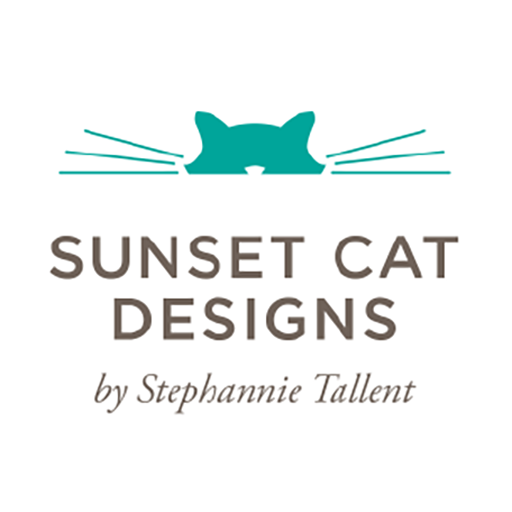Fit to Flatter, by Amy Herzog. Available as blog posts at Stash, Knit, Repeat or as PDF downloads here.
I’ve been a lurker of Amy’s blog for some time. I was thrilled when she began her blog post installments of her Fit to Flatter series — anything that encourages and empowers knitters to take charge of their knitting and make it work for them is great. When the info is as good as Amy’s, it’s even better.
She covers what designs are flattering for what body types, how to objectively assess your own figure, and how to fine tune and adapt designs for your own figure. She also reviews and assesses recent designs from Twist Collective in light of what body type(s) would be best flattered by the designs.
Body shapes are divided into bottom heavy, top heavy, and proportional. Within each shape type you can be curvy (or not), and short or long waisted (or average). Necklines, sleeves, sweater length, and shaping are all discussed in various chapters.
This info is essential for any knitter who wants to get the most out of their knitting. I think, as a designer, it’s a great resource as well.
I also think it’s worth purchasing the PDFs — if you have the slightest desire to print out the info from the blog, it’s well worth the money to have the chapters formatted. And useful, excellent work deserves to be supported.
***
I really, really wanted to ask Amy a few questions…so here goes:
What inspired you? Seriously, I’m sure there’s a good story behind this.
Amy: So I’ve been on a personal journey for a long time now to just accept the body I have, dress it well, and stop wasting my energy feeling badly that I’m not built like the women I see in magazines–and I’m a pretty outspoken person about where I am and what I’m doing. But the tutorials specifically started with this great conversation at SPA last February where our knitting group was talking about choosing projects that will make you look your best. And we all sort of went around the table talking about this, and to my great surprise these incredibly fashionable and gorgeous women started asking my opinion on what they should knit. I was commenting to Danielle about being surprised, and after looking at me like I was insane, she said that I had a great way of talking about this stuff in a positive, encouraging way and that I should consider writing some of it up for the blog. It all just sort of snowballed from there.
Will there be a men’s version?
Amy: That’s an interesting question! It actually hadn’t occurred to me. But if there’s interest in it, why not?
You’re a designer yourself. Are you going to either design for specific body types, or include modifications based on Fit to Flatter? Note on the pattern which Fit to Flatter type for which the pattern, as is, is best?
Amy: Yes, I definitely do the latter–all of my patterns have a “Notes on Fit” section including information both about what body types the sweater flatters as-written and about what modifications knitters of other body types should consider making as they knit the sweater. As I’m sure most designers are, I’m really passionate about making sure that my patterns turn into sweaters that look great on the wearer–and I consider these kinds of tips and suggestions the best way to help get that process started. I’m now also trying to be more conscious of making sure I have a pattern that will flatter each different body type. My first patterns as written tended to be best for bottom-heavy, busty knitters; I think all designers start by knitting sweaters they want to wear themselves. But my fall patterns include more diversity in the shapes they most suit, and I hope to continue that trend.
I’m curious. The info is all available for free on your blog. I personally purchased the downloads because I wanted the info nicely formatted, to print out, use as a reference, make notes on, etc. Are you selling more or less of the PDF downloads than you expected?
Amy: Definitely more than I expected–I didn’t really expect anyone to purchase them when the information is all out there for free! I definitely hoped that the PDF sales would eventually pay for the cost of having the installments edited, but wasn’t counting on it. I’ve been really pleasantly surprised that so many people have given such tangible support of the hard work that went into the series. It’s given me the encouragement I needed to take further steps, like more directly tying the F2F principles with my designs, teach workshops on the fit to flatter concepts, and so on.
***
Amy’s started a group on Ravelry and has started teaching Fit to Flatter classes.
